Quick truth first: no cat is truly hypoallergenic. Most reactions come from Fel d 1, a protein concentrated in saliva, skin oils, and microscopic dander that dries on the coat and becomes airborne. Some breeds tend to produce or spread less Fel d 1, shed less, or trap dander better—so many people experience milder symptoms with them. Below is a practical guide to lower-allergen breeds, plus real-world strategies to make living with cats more comfortable.
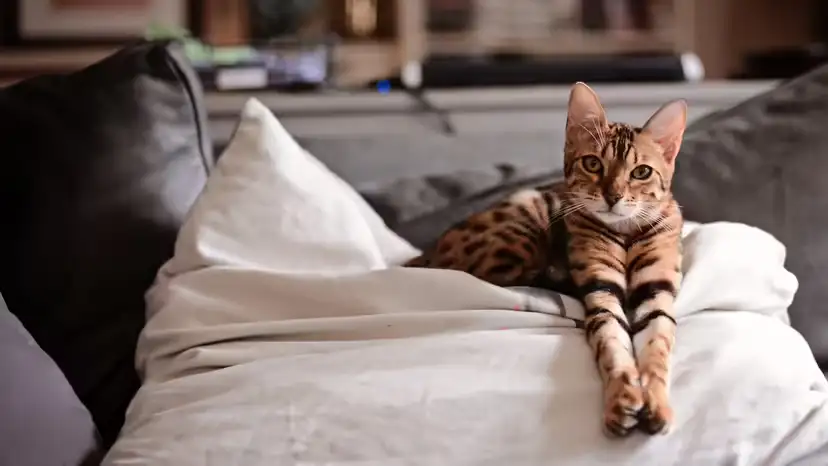
Lower shedding, tighter coats, or different grooming behaviors can reduce how far allergens travel around your home. Hairless or curly-coated cats still produce dander, but there’s less fur to act as a carrier. Individual variation is huge, so always plan a multi-hour visit with a specific breeder or rescue cat before committing.
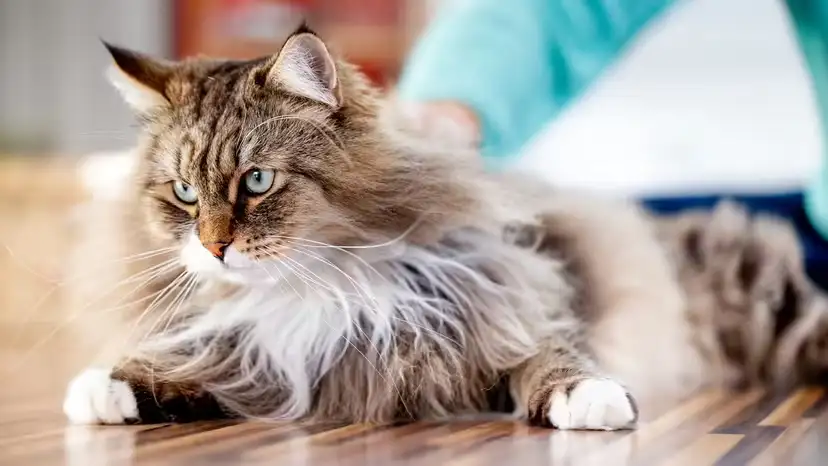
Why they’re often tolerated: many guardians report milder reactions, possibly due to comparatively lower Fel d 1 in some lines.
What to expect: athletic, affectionate, triple coat that traps dander but needs regular combing and thorough blow-drying after baths.

Why they’re often tolerated: short, sleek pelt-like coat sheds minimally and spreads fewer particles.
What to expect: energetic, intelligent, benefits from climbing trees and puzzle feeders.
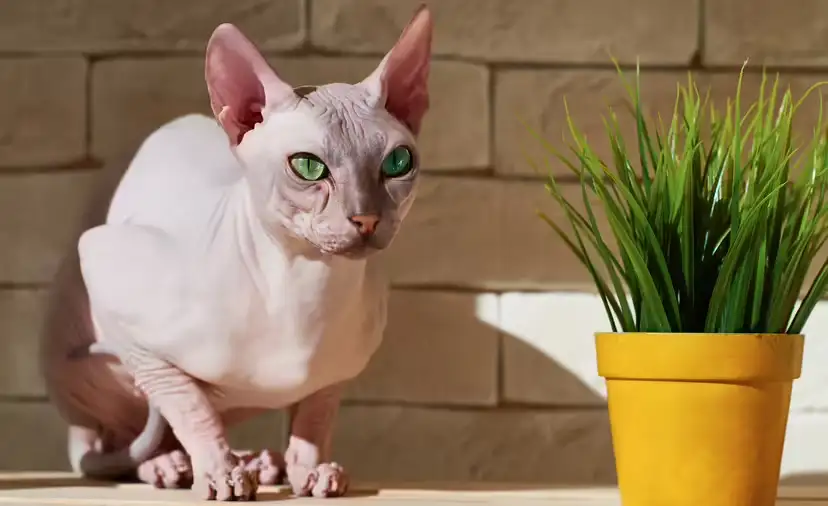
Why they’re often tolerated: no guard hairs to fling allergens around the home.
What to expect: warm, velvety skin needs weekly baths to remove oils; provide soft clothing or warm spots in cool weather.
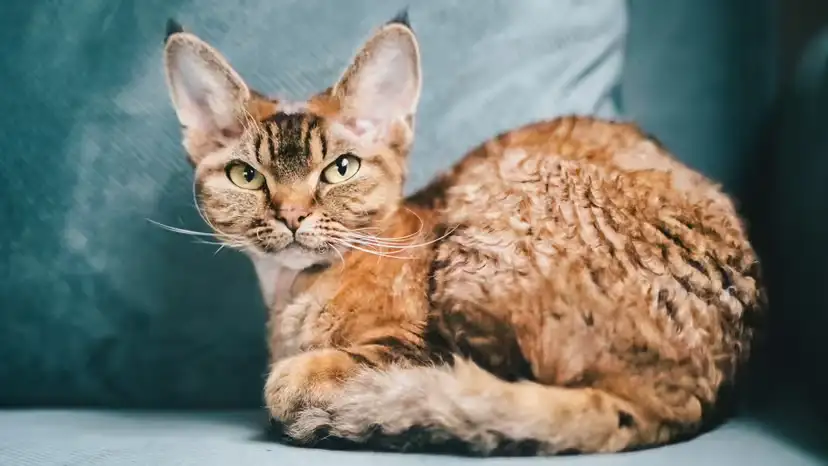
Why they’re often tolerated: fine, short, wavy coat and lighter shedding.
What to expect: playful, people-oriented; gentle cleansing wipes between baths help keep skin balanced.
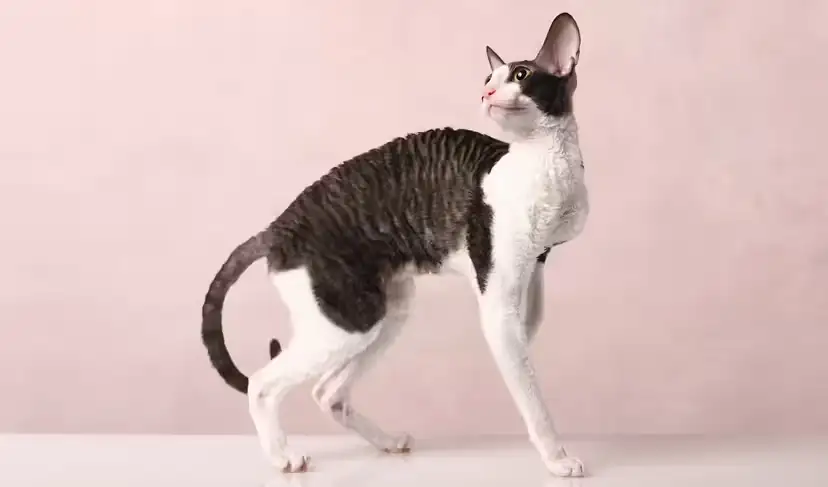
Why they’re often tolerated: only the downy undercoat, minimal shed.
What to expect: sprinting athlete indoors; schedule regular gentle baths to manage oils.
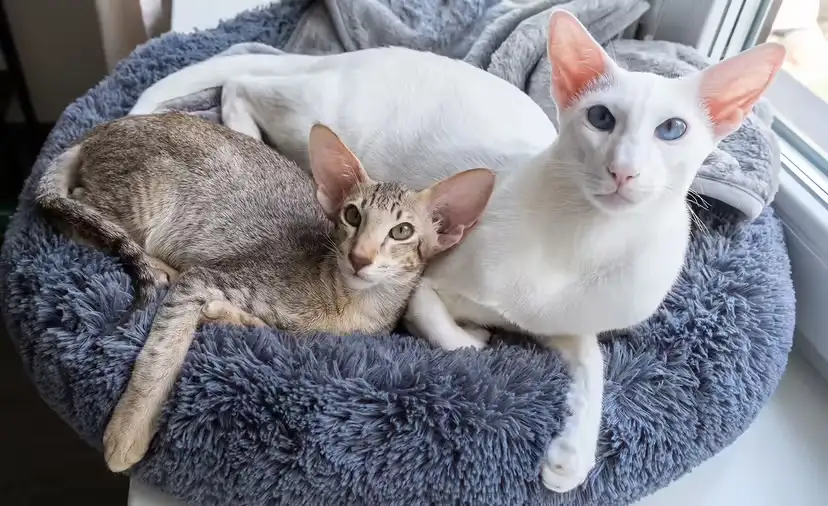
Why they’re often tolerated: tight, fine coat and frequent self-cleaning with less visible shed.
What to expect: vocal, social, thrives with daily interactive play.

Why they’re often tolerated: sometimes noted for lower Fel d 1 despite a silky, longer coat.
What to expect: affectionate, bright; routine comb-outs keep the coat from drifting allergens.
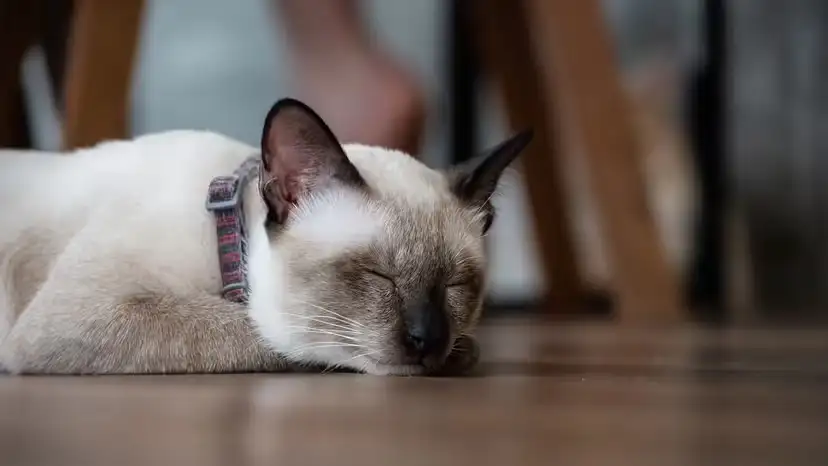
Why they’re often tolerated: short coat with modest shed and frequent grooming that’s easy to manage.
What to expect: talkative, bonded, enjoys training sessions.
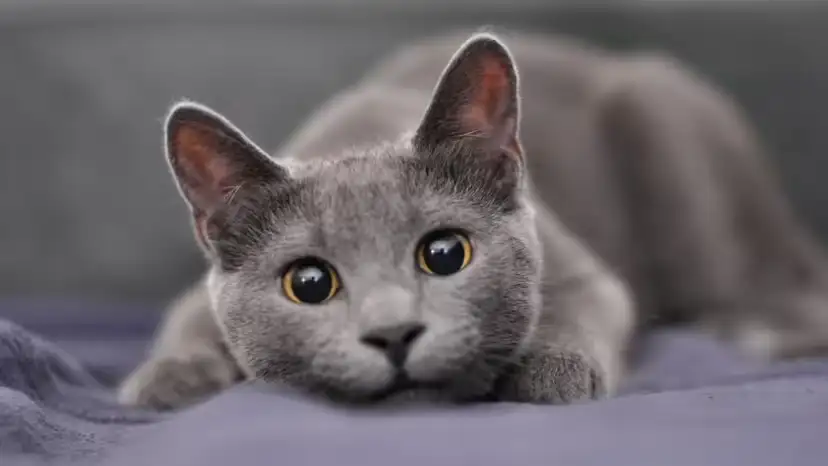
Why they’re often tolerated: dense double coat can trap dander rather than disperse it quickly.
What to expect: reserved with strangers, loyal at home; regular combing lifts trapped flakes.
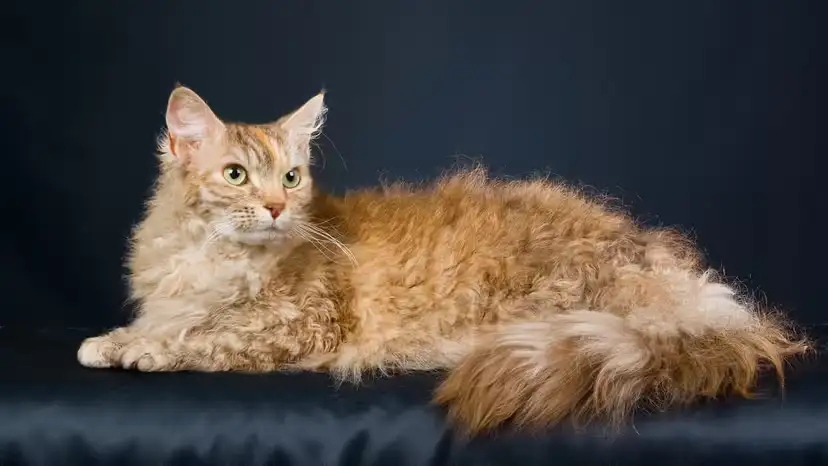
Why they’re often tolerated: curly coat tends to hold loose hair instead of letting it float.
What to expect: gentle, curious; mist and pick out tangles rather than over-brushing.

Why they’re often tolerated: short, close-lying coat and lower overall shed.
What to expect: cuddly companions; routine wiping reduces saliva residue on fur.
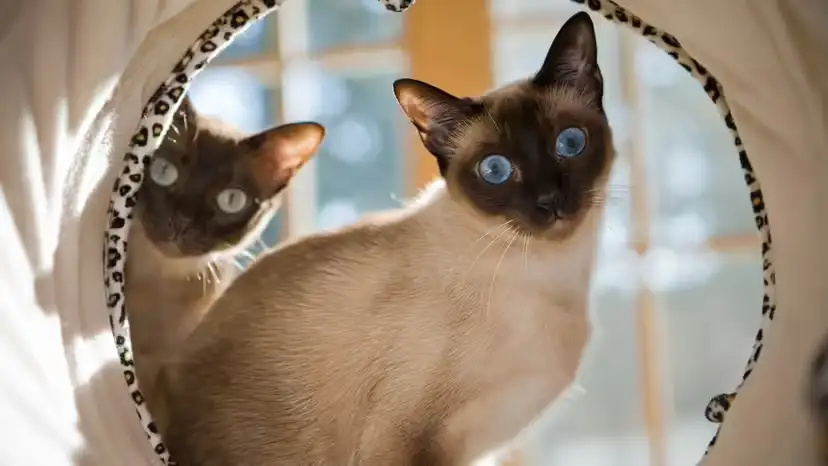
Why they’re often tolerated: easy-care short coat that’s less dispersive.
What to expect: social, playful; benefits from structured play to curb nighttime zoomies.
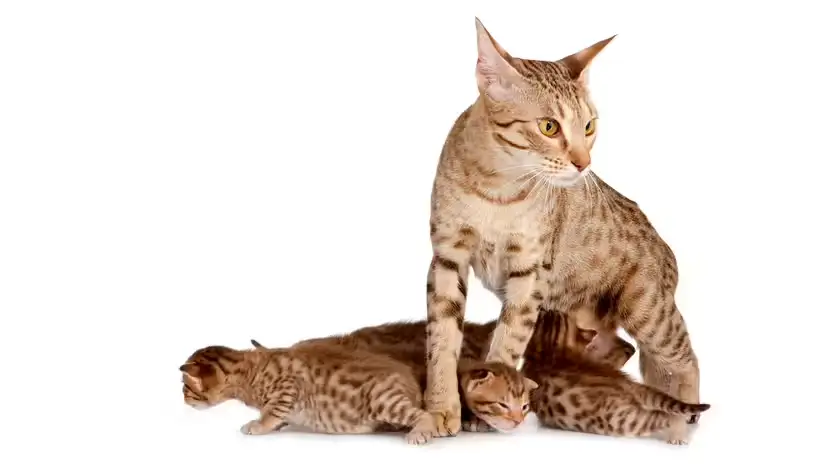
Why they’re often tolerated: short, satiny coat and moderate shedding profile.
What to expect: outgoing, trainable; quick weekly grooming keeps surfaces cleaner.

Why they’re often tolerated: plush but short coat that’s straightforward to maintain.
What to expect: calm, sweet; daily face wipes help limit saliva traces around the muzzle.
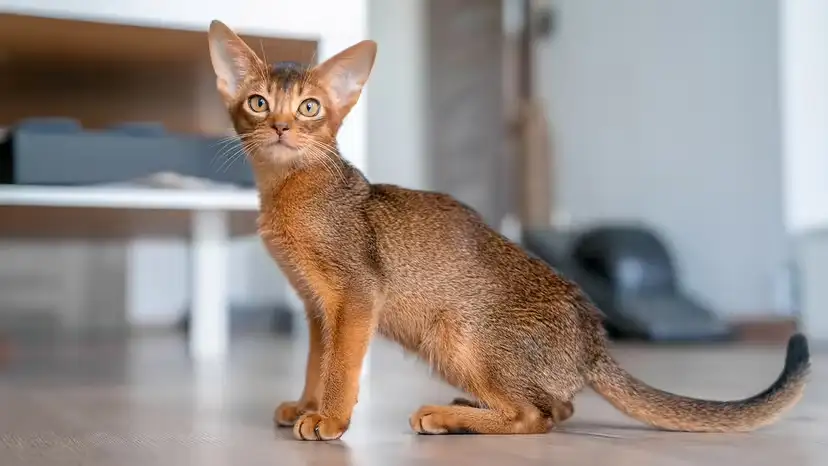
Why they’re often tolerated: very short, close coat spreads fewer hairs.
What to expect: active explorer; brief, frequent grooming sessions work best.
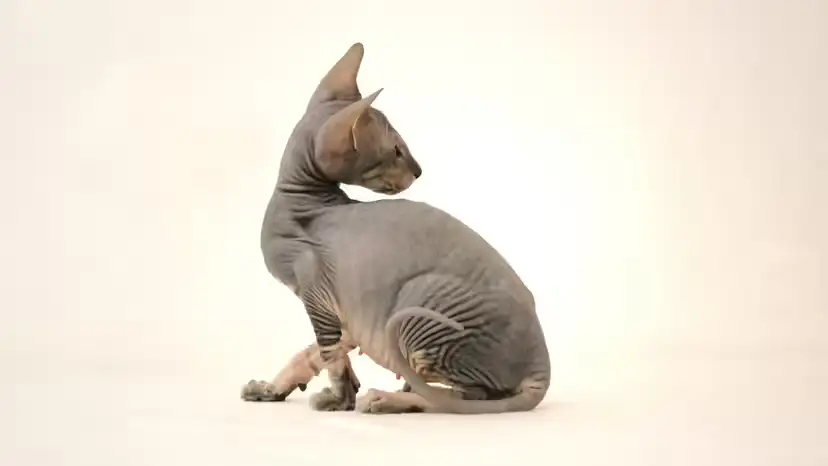
Why they’re often tolerated: hairless to velour coats shed very little into the environment.
What to expect: affectionate, people-focused; consistent skin care and warmth are essential.
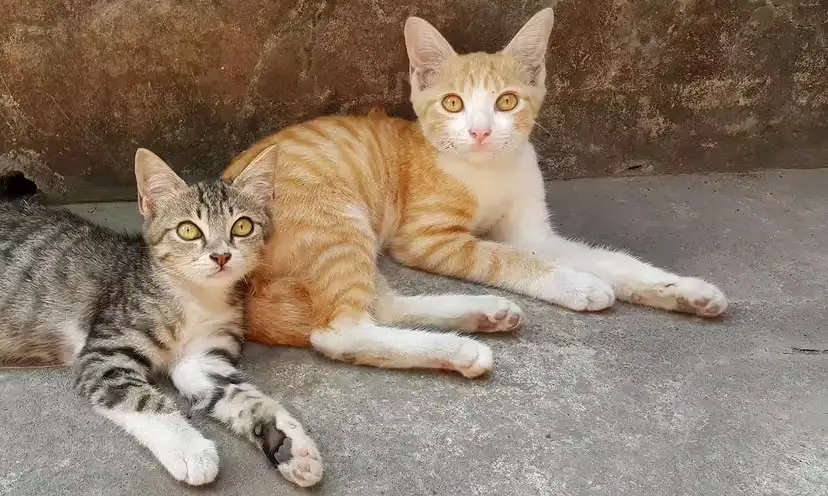
Why they’re often tolerated: fine, single coat with modest shed compared to heavy double coats.
What to expect: intelligent, communicative; regular combing and targeted bathing help.
Run a true-HEPA purifier where you spend the most time. Vacuum with a sealed HEPA machine and hard-floor tool several times a week. Wet-dust instead of dry to avoid re-aerosolizing dander.
Keep the bedroom a cat-free zone to protect your sleep window. Bathe or wipe down with cat-safe wipes or a vet-approved allergen-reducing rinse on a steady schedule. Brush outdoors or in a ventilated area, ideally by a non-allergic person.
Wash bedding and throws hot, add an extra rinse. Prefer leather or tightly woven upholstery and washable rugs. Consider dietary options shown to reduce Fel d 1 in saliva; discuss specifics with your vet.
Second-generation antihistamines such as loratadine or cetirizine can blunt reactions; choose non-drowsy for daytime. Nasal steroid sprays like fluticasone or mometasone reduce inflammation at the source. Decongestants can help short term but aren’t for long-term daily use.
Allergy immunotherapy (“allergy shots”) may significantly reduce cat sensitivity over time by retraining your immune system. Ask an allergist whether you’re a good candidate and what timeline to expect.
Spend at least two to three hours with the exact cat you plan to bring home. Rub your eyes only after washing your hands and note symptoms over the next 24 hours.
Set up the purifier, bedroom boundary, grooming kit, wipes, and wash routine before arrival. Keep a simple symptom diary to see what truly helps you.
Bottom line: while no cat is allergen-free, many people with mild-to-moderate allergies do well with the breeds above plus disciplined home routines. Pair an individual cat that tests well for you with good air, fabric, and grooming habits—and you’ll give yourself the best chance at sneeze-lite snuggles.
animal tags: hypoallergenic cats
We created this article in conjunction with AI technology, then made sure it was fact-checked and edited by a Animals Top editor.